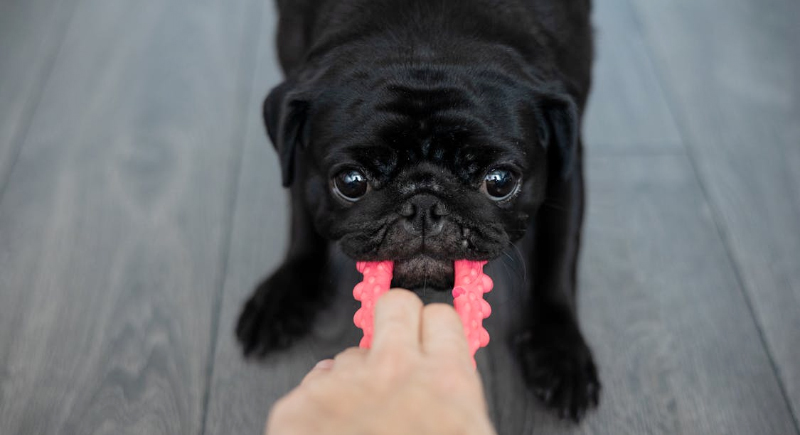Is Your Dog’s Toy Obsession Actually an Addiction? The Science Is Kinda Scary
Some dogs never stop playing. They’ll chase a tennis ball until their paws give out or guard a squeaky toy like it’s made of gold. Pet owners often laugh it off as typical dog behavior, but researchers are starting to question if there’s more to it. Studies now suggest that certain dogs show addiction-like traits toward their favorite toys, displaying patterns that resemble the compulsive behaviors seen in humans.
Scientists at the University of Veterinary Medicine in Vienna observed that a subset of dogs can become overly focused on play objects. These dogs fixate on a toy even when food or social interaction is available, and they show frustration or distress when it’s taken away. Their reactions mirror some psychological and physical signs found in behavioral addictions, such as gambling. The findings open a new conversation about how far a dog’s natural play drive can go before it starts to affect their well-being.
When Play Turns Into Fixation

Image via Pexels/Ivan Babydov
The obsession isn’t about the toy itself but the rush associated with play. Dogs, like humans, experience dopamine release when they chase or catch something. That chemical reward drives them to repeat the behavior again and again.
Breeds such as shepherds, retrievers, and terriers—bred for work requiring focus and endurance—were most likely to show addiction-like behaviors in the study. Their natural persistence, helpful in herding or tracking, can sometimes work against them in homes where constant play becomes their main outlet.
Experts also note that when a dog starts ignoring food or becomes visibly frustrated when deprived of toys, it’s a signal of compulsion. In extreme cases, dogs may damage their bones from obsessive over-exertion or show anxiety when a toy is taken away. These patterns resemble behavioral addiction, where the animal continues a habit despite negative effects.
Recommendations
Veterinarians and trainers advise moderation and structure to keep playtime healthy. Rotating toys prevents fixation, while reinforcing calm behavior, like rewarding a dog for walking away from a toy, helps maintain control.
Enrichment activities such as puzzle feeders, scent games, and outdoor exercise channel that energy into different tasks. For dogs that become anxious or aggressive, professional behavior therapy may be necessary. In some cases, veterinarians use anti-anxiety medication to support behavioral training.
It’s interesting how similar canine and human brains can be when it comes to reward cycles. Play remains an essential part of a dog’s well-being, but too much of one activity can tip into compulsion. Scientists estimate that only about three percent of dogs show severe addiction-like behaviors, but their frustration and stress levels reveal how easily instincts can go too far.